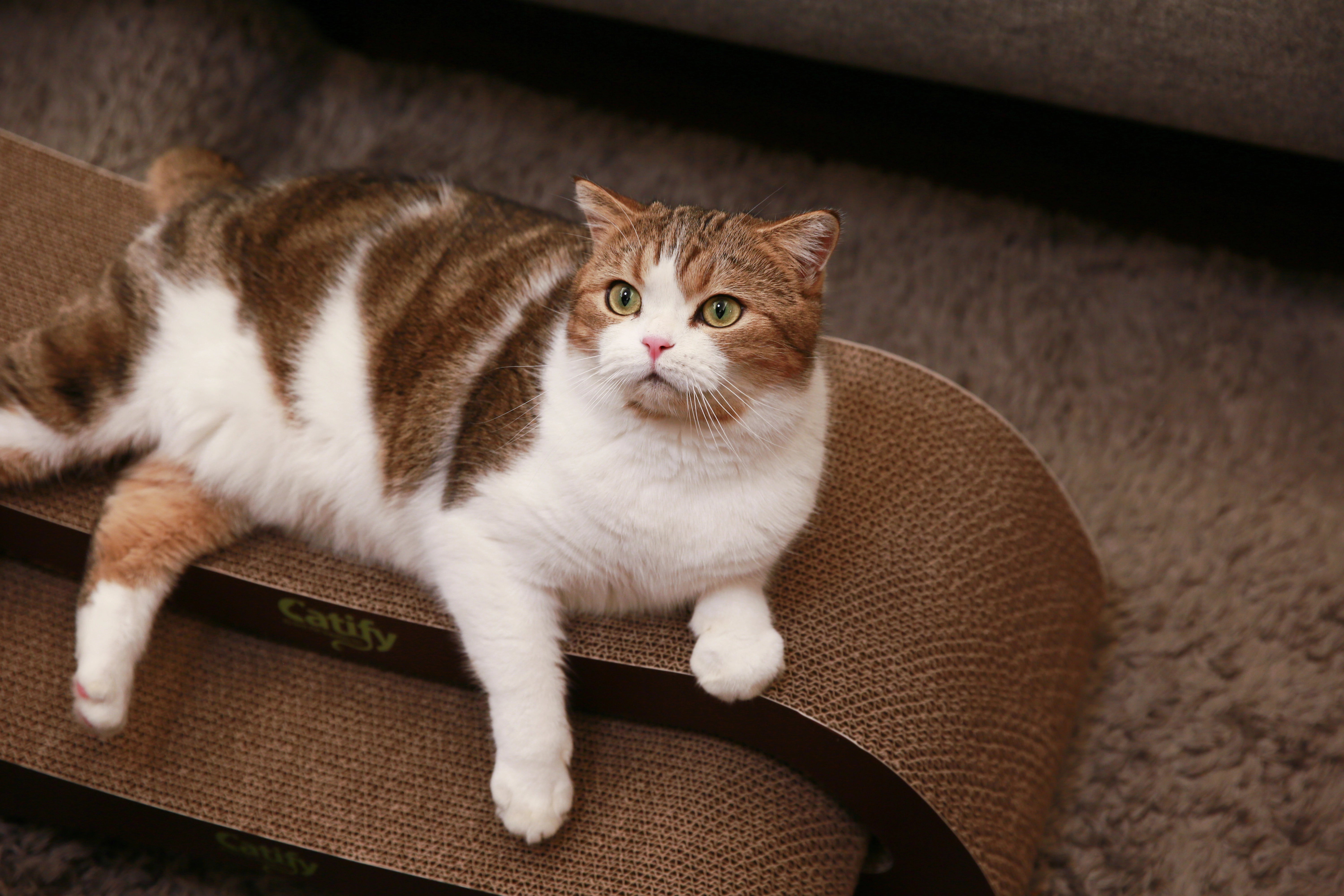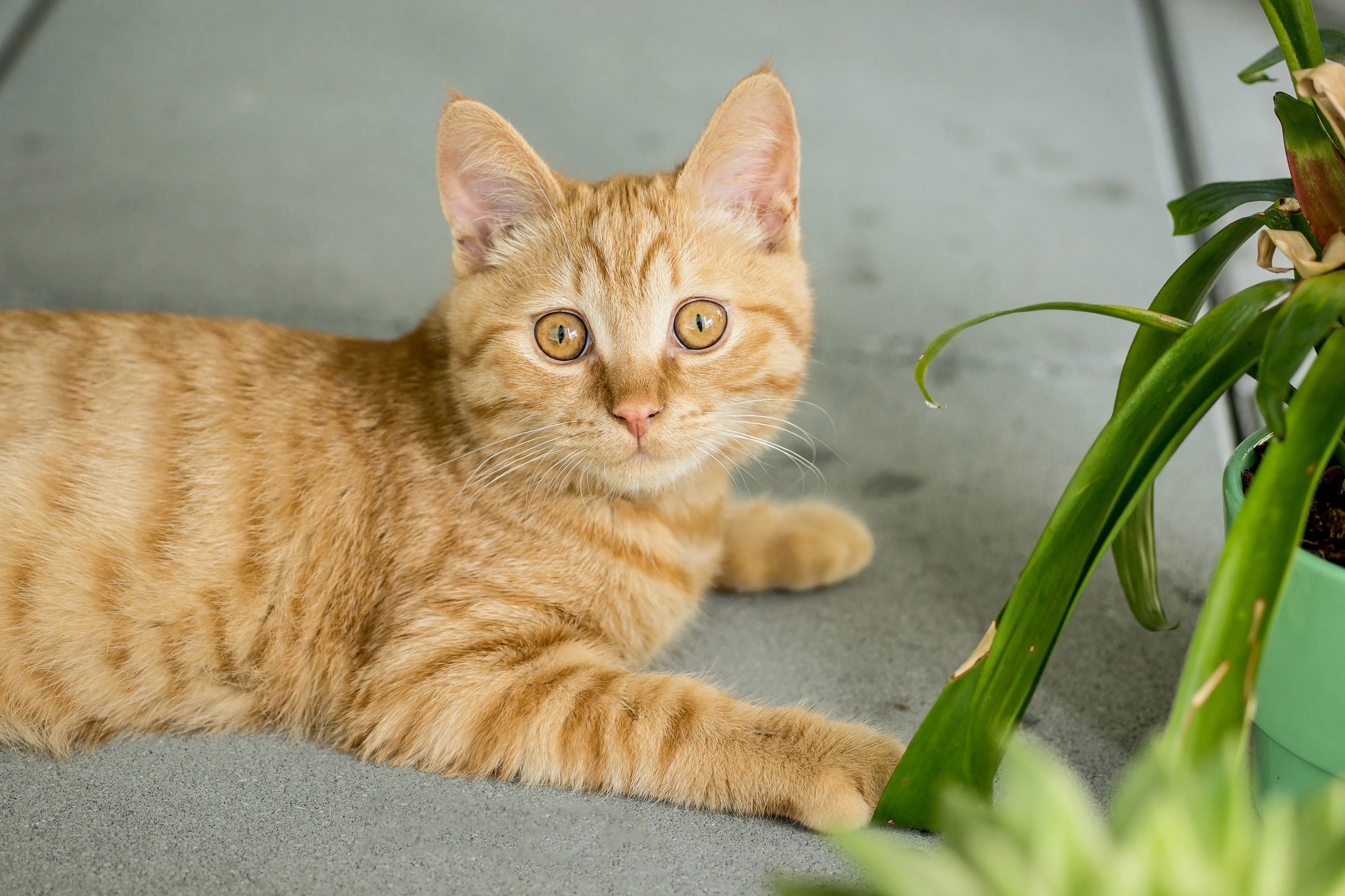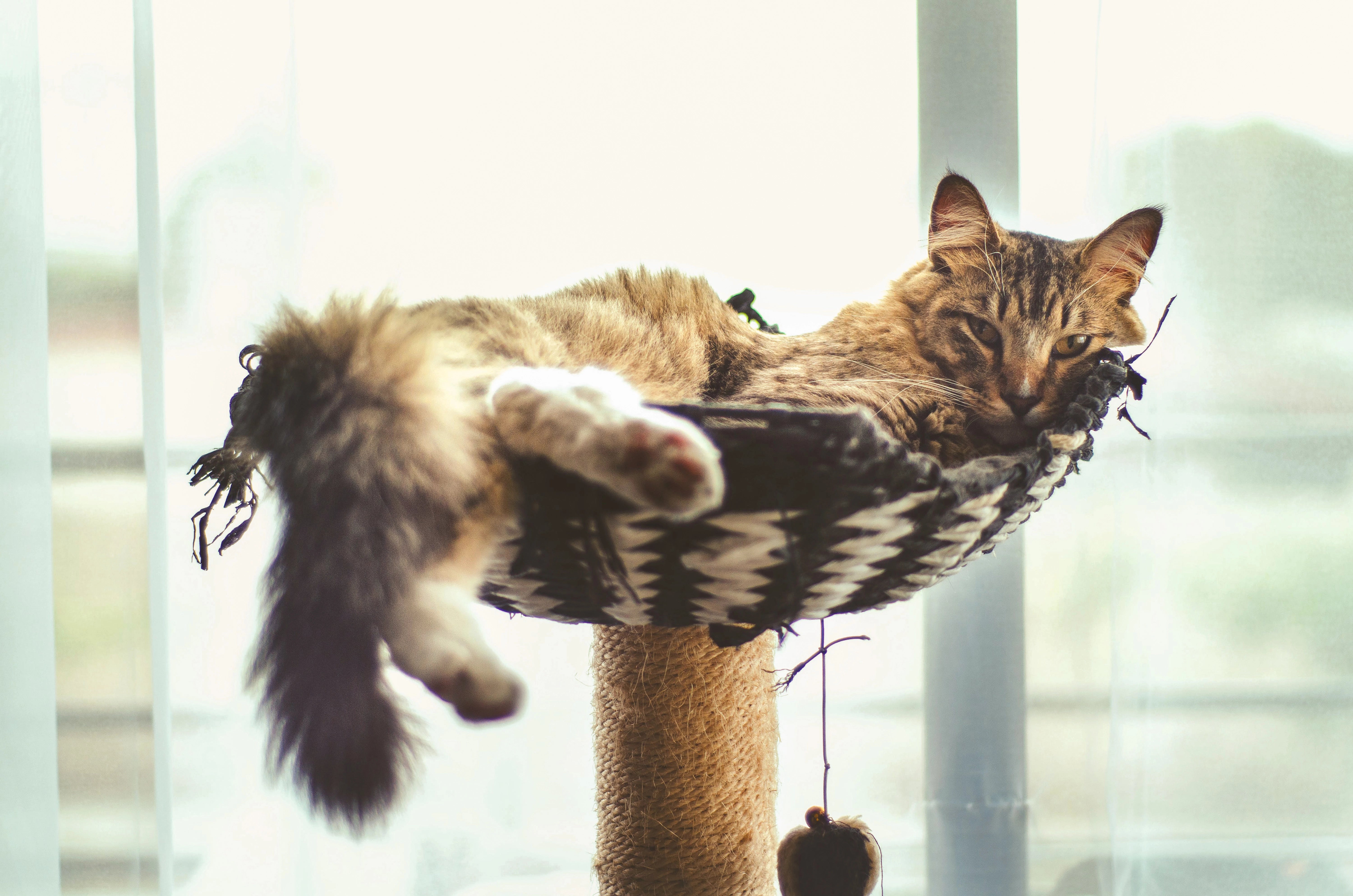C
ats are not just pets – they are cherished members of our families. Their playful antics and independent nature make them wonderful companions, but their curiosity and agility can sometimes lead to unexpected accidents.
That's why making adjustments to your home is essential to ensure the safety and well-being of your feline friend. This comprehensive guide will show you how to cat-proof your house. We will dive deeper into practical tips and strategies to create a comfortable, stimulating, and cat-friendly environment.

Secure Windows and Balconies
Cats are natural climbers and love to explore high places. Open windows and balconies can be enticing but pose a significant safety risk. To prevent accidents, consider installing sturdy screens or window guards.
Alternatively, you can use window stops to limit how far windows can be opened. It's also a good idea to avoid placing furniture or tempting objects near windows that might encourage your cat to jump or pounce.

Hide Electrical Cords
Electrical cords are like a siren call to many cats. They love to chew on them, resulting in electrical shocks or even fires. Invest in cord covers or hide cords behind furniture to prevent this hazard. You can also use bitter-tasting sprays designed to deter cats from nibbling on cords.
Choose Cat-Friendly Plants
Houseplants can add beauty and tranquility to your home, but many common varieties are toxic to cats. Before bringing plants indoors, research whether they are safe for felines. Consider adding cat-friendly plants like cat grass or catnip to your decor. These provide a safe and stimulating environment for your cat and serve as a source of entertainment.

Secure Toxic Substances
Household chemicals, medications, and cleaning products should be stored securely out of your cat's reach. Cabinets with childproof locks can be an effective solution. Be cautious with essential oils and potpourri, as some can be harmful to cats when ingested or inhaled.
Keep Small Objects Out of Reach
Cats have a penchant for batting around small objects like rubber bands, paper clips, or hair ties. These items can pose choking hazards if swallowed. Store such items in drawers or containers to prevent accidents and reduce the risk of ingestion.
Invest in Scratching Posts
Cats need to scratch to maintain healthy claws and relieve stress. Provide scratching posts or pads in various locations throughout your home. This saves your furniture from claw marks and keeps your cat entertained and content. Choose a variety of textures and sizes to cater to your cat's preferences.

Secure Heavy Furniture
Cats love to explore high places, but their curiosity can sometimes lead to accidents. Ensure that bookshelves, cabinets, and other tall furniture are securely anchored to the wall to prevent them from toppling over if your cat decides to climb or investigate.
Supervise Play with Toys
Toys are essential for keeping your cat mentally and physically engaged. However, some toys can pose choking hazards. Supervise playtime with small toys, and be sure to remove any broken or damaged items promptly. Consider rotating your cat's toys to keep their interest piqued.
Be Mindful of Hot Surfaces
Cats are naturally curious creatures and might investigate hot stove tops or space heaters. Use caution and consider using safety barriers or covers to prevent burns and injuries. Ensure your cat has a cozy, safe spot away from these potential dangers.

Cat-Proofing Your Apartment vs. Your House
Cat-proofing measures can vary depending on whether you live in an apartment or a house. Each living situation comes with its own set of challenges and opportunities when it comes to keeping your animal safe.
Let's explore some specific tactics for how to cat-proof an apartment and how to cat-proof a house. Cat-proofing varies slightly in these two different types of dwellings.
Apartment Living
1. Balcony Safety: If you have a balcony in your apartment, it's crucial to ensure it's completely cat-proofed. Use cat-safe netting or mesh to enclose the balcony and prevent your cat from slipping through railings or attempting daring jumps. This allows your cat to enjoy some fresh air and a change of scenery safely.
2. Limited Space: Apartments often have limited space compared to houses. To compensate for this, invest in vertical cat furniture like cat trees or wall-mounted shelves. Cats love to climb, and vertical spaces provide exercise and enrichment.
3. Litter Box Placement: Finding an appropriate place for your cat's litter box in a smaller apartment can be challenging. Try to keep it in a quiet and accessible spot to encourage regular use. There are also discreet and covered litter box options that can help with odor control in smaller spaces.
4. Soundproofing: Apartments can sometimes have thin walls, and your cat's vocalizations, particularly if they are prone to meowing or yowling, might disturb neighbors. Provide plenty of mental stimulation and playtime to reduce excessive noises.
5. Door Safety: Be extra cautious when entering and exiting your apartment to prevent your cat from darting out the door. Consider using baby gates or a designated airlock area to prevent escape attempts.

House Living
1. Yard Security: If you have a yard, fencing is essential to keep your cat safe outdoors. Opt for cat-proof fencing or enclosures that prevent them from wandering outside your property. Alternatively, consider leash training or supervised outdoor playtime.
2. Garden Safety: Be mindful of toxic plants and pesticides in your garden. Ensure that your landscaping choices are cat-friendly, and avoid using harmful chemicals that could be dangerous if ingested.
3. Space to Roam: Houses typically offer more room to roam than apartments. Encourage your cat's natural behaviors by providing multiple play areas, scratching posts, and toys throughout your home.
4. Basement and Attic Safety: Houses often have basements and attics that can be enticing for cats to explore. Ensure that these areas are securely closed off, as they may contain hazards like exposed wiring, chemicals, or hidden openings.
5. Window Perches: Houses often have larger windows, making them ideal for creating cozy window perches. Cats love to watch birds and outdoor activities, so consider installing window seats or shelves for your feline friend's entertainment.
6. Garage Safety: If you have a garage, keep it securely closed to prevent your cat from entering. Garages can contain harmful tools and machinery that pose significant dangers.

Cat-Proofing Made Simple
No matter where you live, the fundamental principles of cat-proofing remain the same: eliminate hazards, provide plenty of stimulation, and create a secure and comfortable environment for your furry companion.
Tailoring your efforts to your specific living situation will help ensure a happy life for your feline friend, whether you call an apartment or a house your home.
By following these strategies for how to kitten-proof your house, you can help ensure your cat's well-being. Remember that every cat is unique, so be observant of their behavior and needs and customize your approach to cat-proofing accordingly.
Want to Receive the Educational Free Newsletter from Voyager Harness?
Discover All
Shop By Types of Harness
Air Mesh Harness | Step-In Air Mesh Harness | Step-In Air Cat Harness | Step-In Air Harness | Step-In Lock Cat Harness
Shop By Color
Black Cat Harness | Blue Cat Harness | Pink Cat Harness | Pink Cat Harness and Leash | Pink Step in Harness


